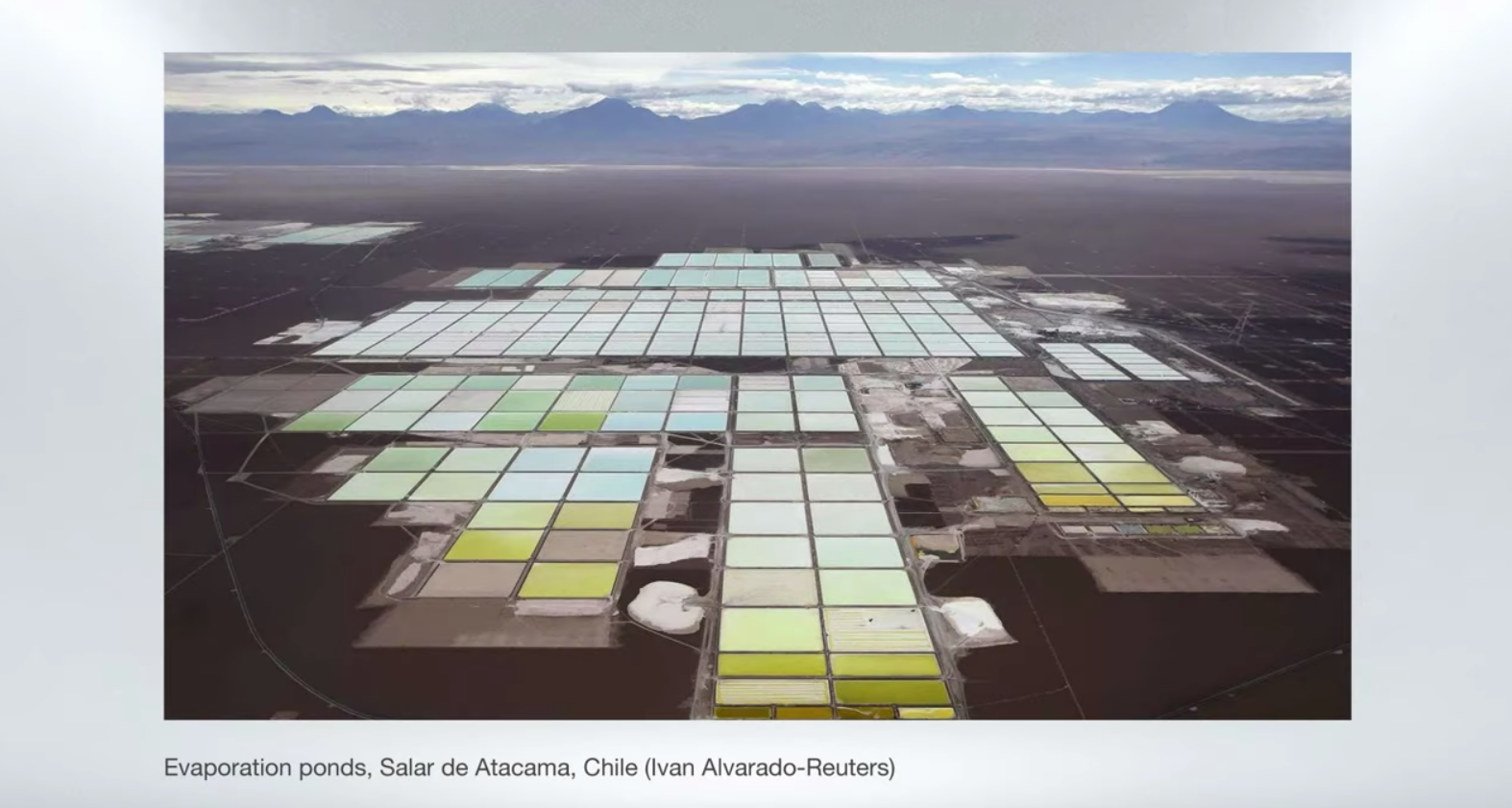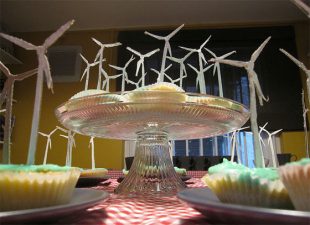
What makes an electric car run? It’s much much more than a charismatic CEO. Sure we need lithium in the batteries, but a less known fact is that graphite is a plain, but key resource needed in electric car batteries.
Before a diamond, you need graphite –– and the renewable energy industry is rushing to mine it, as it’s a key material in solar panels and electric car batteries. A Canadian company is touting its “mine local” and “mine revival” mindset showing investors that when renewable energy resource mining, the industry should also walk the walk for reducing carbon emissions.
From a plane or satellite above you can see the opportunities that Canada offers. Lots of raw water, lots of trees. But under all the rock, especially in areas like the Canadian Shield, also called the Bouclier canadien in French –– you find even more treasures, nickel, gold, silver that has made Canada wealthy. But even more promising for Canadian mining companies is graphite, a once overlooked material, is now key in renewable energy production.
We all talk about driving electric cars (thanks Elon Musk), and devolving from oil and fossil fuels to natural and renewable energy, but does anyone know where the raw materials from the renewable energy industry come from? Graphite, exposed on outcrops of the Canadian Shield, is a key resource for renewable and clean energy generation and batteries. To grow the industry we need more graphite.

Graphite is the black stuff we now use in pencils after we understood lead wasn’t safe. Chemically speaking, it is also known as plumbago, and is a crystal carbon form in a hexagon shape, and the most stable form of carbon. After millions of years in nature, and under high pressure, graphite turns into a diamond, and it may be worth as much as the renewable energy business soars.
Why is graphite essential for renewable energy?
Graphite is essential to silicon production used in solar panels. Because it is resistant to extreme heat it is perfect for the crucibles and moulds used to cast the silicon in solar panels, and in use it works as heat shield and thermal insulation. It is also used in the batteries that store the energy from solar and wind farms once the energy is produced.
Tesla has built a business around lithium ion batteries but also consequently, graphite. Consider that in 2016, some 1.2 million tonnes of graphite was mined across the world for this purpose. In the same year, about one tenth of this of this weight of graphite was used to produce battery anodes. Its low cost and thermal conductivity also makes graphite a contender in capturing solar energy, researchers from the universities of Manchester and Pretoria are finding.
Recycling mines as part of the new eco-mindset?
Canada, rich in resources, is also rich in graphite and companies like Berkwood Resources (CVE: BKR, TSX-V: BKR) are looking to Canada to mine graphite, much of it sitting on the surface. Some of the mines they are looking at were used already for mining other minerals and metals.

The Canadian Shield, rich in graphite, water too
But as they report, minerals that were value-less are now valuable and there are so many compelling reasons as to why the renewable energy needs to adopt a mine local mindset, much in the way the food industry and eating local or shop local has pervaded the consumer mindset:
Since Canadians are concerned about the environment, the company is not digging down far, but they are pulling the graphite off the surface.
“Being a green mineral, and if you can mine it with less impact on the earth, the better,” says Berkwood Resources President and CEO Tom Yingling: “Our first shovel in we can sell. More importantly if you have a resource 100 meters down, you have to remove a lot of rock before you can get to the pay zone.”
Berkwood, who reached out to us to tell us about the improved ecological impact of mining local, also believes that they have some of the best graphite in the world –– with 70 to 80 percent of their graphite in Jumbo or Large Flake form –– considered the most valuable and used in the EV batteries or in batteries for wind and solar energy production.
On top of that their graphite grade is 17%, among the highest grade of all the known mines in the world, they report. As it’s on the surface from previous mining activities, with roads leading to the mines from previous mining activities, the environmental impact is reduced further. Other valuable materials were extracted in the past, and the less appreciated graphite was simple left behind.
“If it’s not grown, it needs to be mined”
Your electric car battery has already travelled 35,000 miles before you drive it once, compelling TED talk video by Lucy Crane explains. We should mine local and the “not in my backyard mindset” is really important to reconsider when we are talking about undervalued minerals, she explores.

Consider lithium, which is pulled from a polluting salt mine in Chile (see photo above), then travels to China and back again to North America to be turned into a lithium battery. The lithium travels 50,000 km before the car has driven a single mile. Crane talks about the importance in localizing the production of materials for electric cars and renewable energy, to reduce the environmental footprint of raw materials and production by 90%.
All this sums up to a compelling reason to invest in mines that put the environment in mind. Canada right now is experiencing a surge in mining investments in all areas from raw materials in renewables to gold mining.



